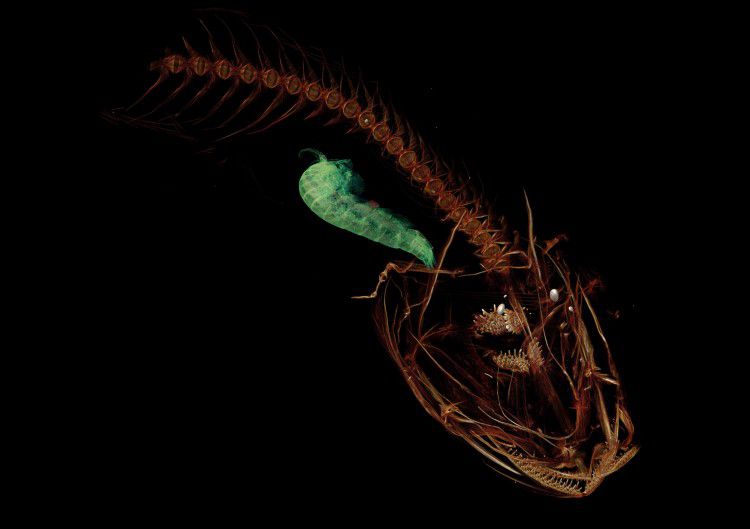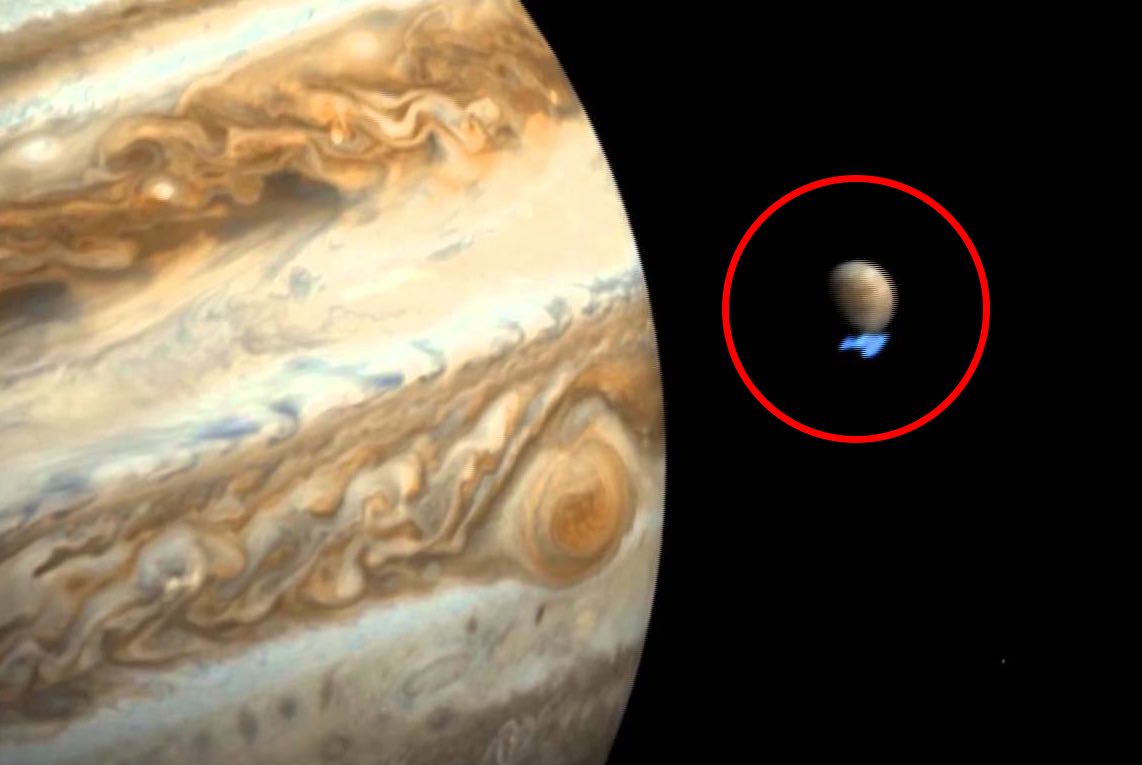
Researchers trying to name a strange deep-sea fish have taken inspiration from its bizarre physical traits and bone-crushing home environment.
A team of researchers led by the University of Hawaii recently filmed video of what is believed to be an unknown species of snailfish at a depth of 26,700 feet, which is the world record for the deepest swimming fish ever found, reports the Independent. The finding is the cap on a comprehensive 30-day research expedition around the Mariana Trench, the world’s deepest ocean trench.
“This really deep fish did not look like anything we had seen before, nor does it look like anything we know of,” said Alan Jamieson from the University of Aberdeen and one of the researchers on the expedition. “It is unbelievably fragile, with large wing-like fins and a head resembling a cartoon dog.”
The snailfish family is poorly studied and few specifics are known. Their bodies are typically tadpole-like in appearance, and they are scaleless with thin, loose gelatinous skin.
Over the course of the study, researchers filmed an unprecedented 105-plus hours of coverage across many levels of depth, from 16,400 feet to 34,700 feet. The purpose of the research was to characterize the environments, animals, ecological and geological processes at the deepest area of the world’s ocean. Unlike previous efforts, however, researchers on this expedition did not rush to the bottom of the trench.
“Many studies have rushed to the bottom of the trench but from an ecological view that is very limiting,” explained Jeff Drazen, co-chief scientist from Hawaii. “It’s like trying to understand a mountain ecosystem by only looking at its summit.”
The researchers published their snailfish findings in the journal Zootaxa in November, 2017. They named the new species (Pseudoliparis swirei) the Mariana snailfish.
“This is the deepest fish that’s been collected from the ocean floor, and we’re very excited to have an official name,” said lead author Mackenzie Gerringer, a postdoctoral researcher at the University of Washington’s Friday Harbor Laboratories, in a statement. “They don’t look very robust or strong for living in such an extreme environment, but they are extremely successful.”
The team recorded a number of new finds besides just the deep-sea snailfish. An extremely rare species of “supergiant” amphipod was also filmed, a species that was only just discovered in 2012 off the coast of New Zealand. Those specimens were caught in traps, however, so this is the first time the amphipod species has been seen alive in its own habitat.
“Knowing these creatures exist is one thing, but to watch them alive in their natural habitat and interacting with other species is truly amazing, we have learnt a great deal,” said Jamieson.













